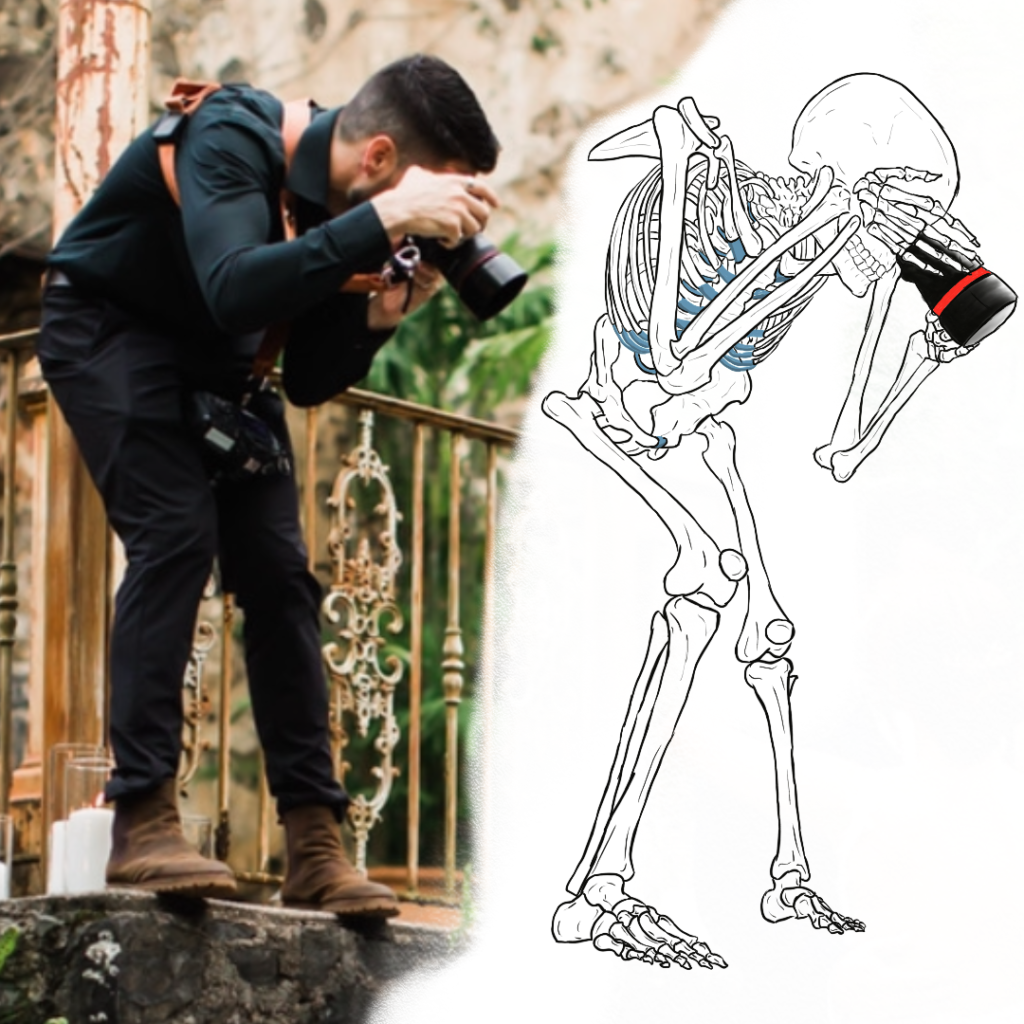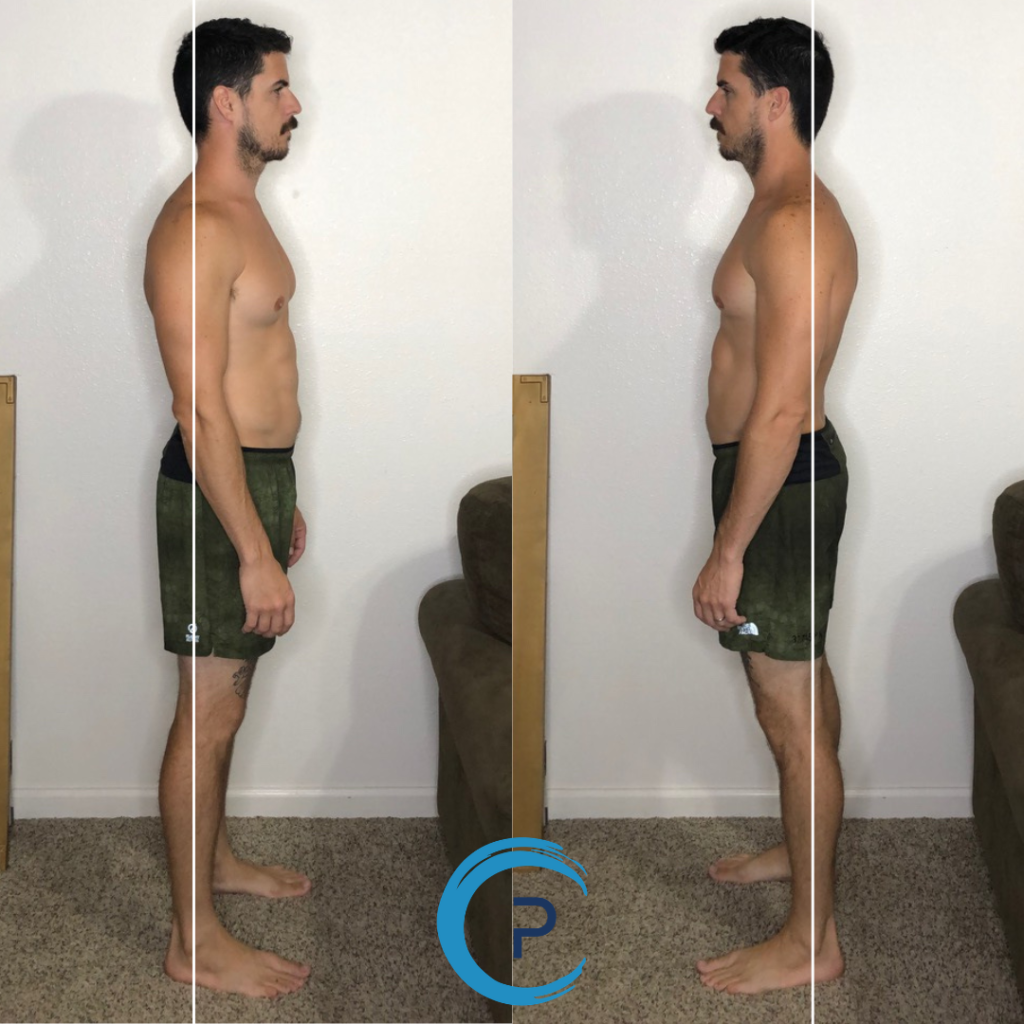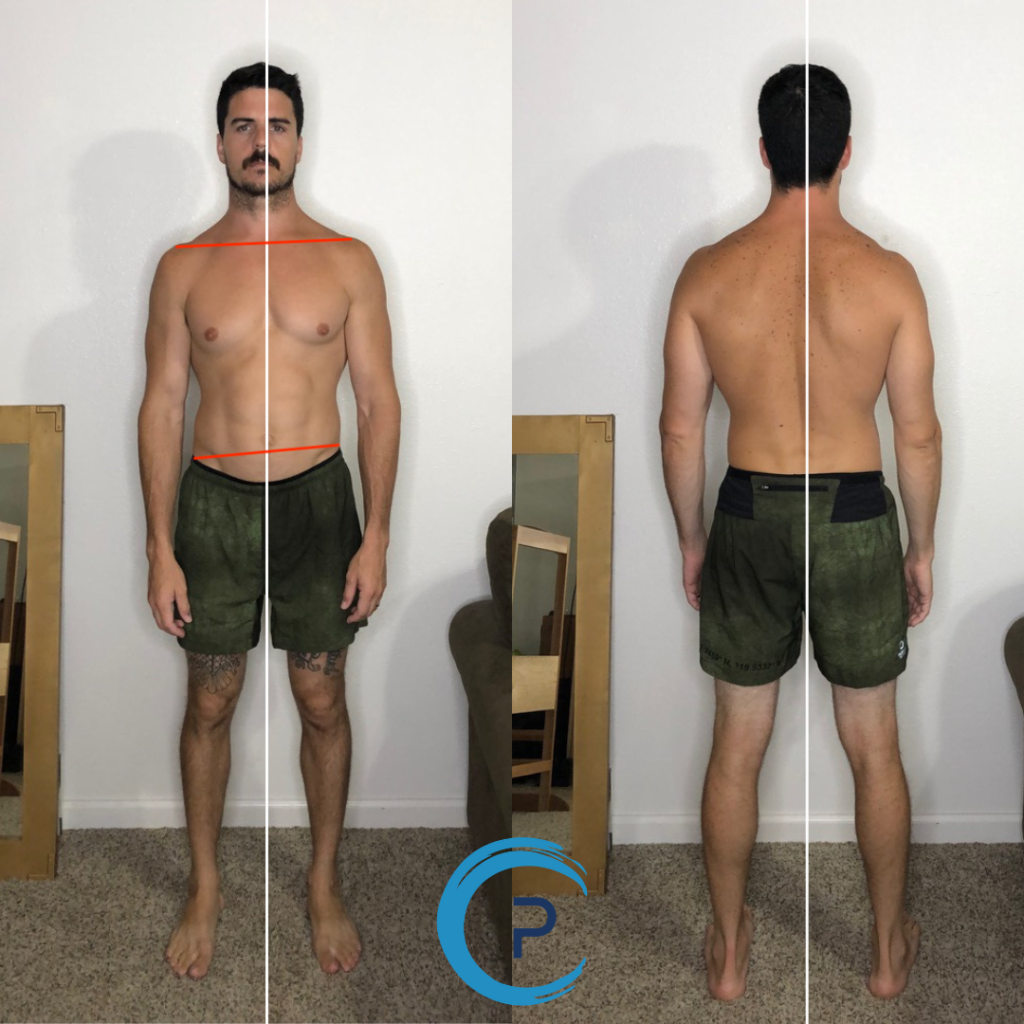
Photographers need great equipment.
Lenses, cameras, lighting, software, editing tech, and the knowhow to put it all together.
What most people do is look for the necessary equipment, tools, and skillsets needed to become the best. Most people invest huge amounts of money and time with maximizing all three of those things.
Yet everyone sooner or later runs into a wall.
A barrier thats limits growth and potential.
You can have the best equipment money can buy, and the best skillset to use that equipment, but there’s one thing piece of equipment that is most often ignored and overlooked until it threatens the future of your photography career.
This overlooked and under appreciated piece of equipment is your body.
The body you’re asking to lug around your expensive and heavy camera equipment.
The body you’re asking to shoot in odd positions for hours.
The body you’re asking to sit down at a desk or stand in place for hours editing those hard earned shots.
Photography should be viewed as a sport with what you actually put your body through to be successful with it.
The whole intention for this article, and podcast, is to start opening the door to a conversation that truly supports photographers in their quest for the perfect shot and voluminous career.
Whether it’s shooting at a country club or in the wild, the more you understand your body and learn to take care of it, the more you can rely on it to do all aspect of your job.
I hope you can take the time to listen to the podcast Matias and I recorded not too long ago to start opening that door into understanding how Posture Therapy can help you.
Let's break down Matias's photos so you can connect the dots further!

Here we have him standing relaxed showing his right side and left side. The white line is placed on the same boney point on the outside of each ankle to it’s consistent enough to compare right and left sides.
The more you look, the more you’re going to see how much of a difference there is in these two photos.
Notice how the white line runs through the shoulders at different points.
Notice how you can see his lower back in one photo, and not in the other.
Notice how his left foot is forward in front of the right foot in both photos.
What we are looking at here is rotation.
How many hours are you frozen in place rotating your body trying to stabilize that camera to get the shot?
Shoot after shoot, your body is going to stay here because it’s learned it’s advantageous for your to be stable while rotated so you can spend longer times here getting that perfect shot.
It’s cool that your body can adapt like this to help you do a job, but this is where the problem begins – because we adapt so much due to the demands of photography, that the body loses its original function and design.
Over time without ever resetting, we end up unable to return to balanced and symmetrical position.
When this happens, let the chronic muscular tug of war begin.
The right side chronically starts doing something different than the left.
We can really see this from the front and back view with even greater clarity.

Due to this longtime imbalance, the pelvis starts to elevate on one side as the other drops.
The shoulders quickly match the pelvic imbalance as one goes higher and the other lower.
Meanwhile, the spine sitting in between all of this starts to get tugged and pulled sideways which we can see in the back view.
What time has shown, is this is going to just enhance the stress you place on your body to do simple jobs.
This is the body he is bringing into hours of editing.
This is the body he is bringing into day long photo shoots.
Let the excessive tension and inflammation begin.
But it doesn’t need to be this way.
This is where Posture Therapy comes in.
The idea here with Posture Therapy is to return the body back to its aligned balanced and symmetrical design so there is less wear and tear doing whatever it is you’re doing – giving you greater longevity with whatever it is you are asking it do to.
Being a great photographer is challenging enough.
The last thing you need to add on top of a dynamic challenging profession is an achey, tense, tight, stiff, inflamed, symptomatic, and sore body that is triggered by standing or sitting for long periods of time.
If you’re still reading this and haven’t hit the back button yet, then you deserve a reward.
I’m going to give you two Pain Academy Rebalancing Movement Sequences that are going to help support you with the demands of photography.
Please read the terms and conditions of this website before trying any of these movements and use your best judgement – if something looks like it’s not for you, skip it and move on to the next exercise!
The first sequence is about preparing your body for a shoot. We are going to take out rotation and as much imbalance as possible so the body you are going to be shooting with has the best ability to function as best as possible before the shoot begins. You can also do this at any point during the shoot as it doesn’t require equipment to reset the function of your body to help you get through if you are having pain or discomfort.
This second sequence below can be done before you spend hours at a desk editing, or afterwards. Either way, the idea is simple – take imbalance and rotation out of the body. You’re either going to do this before you edit, which means the body you are bringing into editing just functions better. Or, you are going to do this after editing to remind your body how to function after being sedentary for hours.
I hope you enjoyed either one of these restorative rebalancing sequences!
Get consistent with them to see how your body adapts and changes.
If you find yourself wanting to learn more about your specific body and how imbalances are showing up, and how to rebalance what you find, check out our Online Movement Therapy Program!
Within our program you will develop the Self-care skillset needed to thrive long term as a professional photographer!